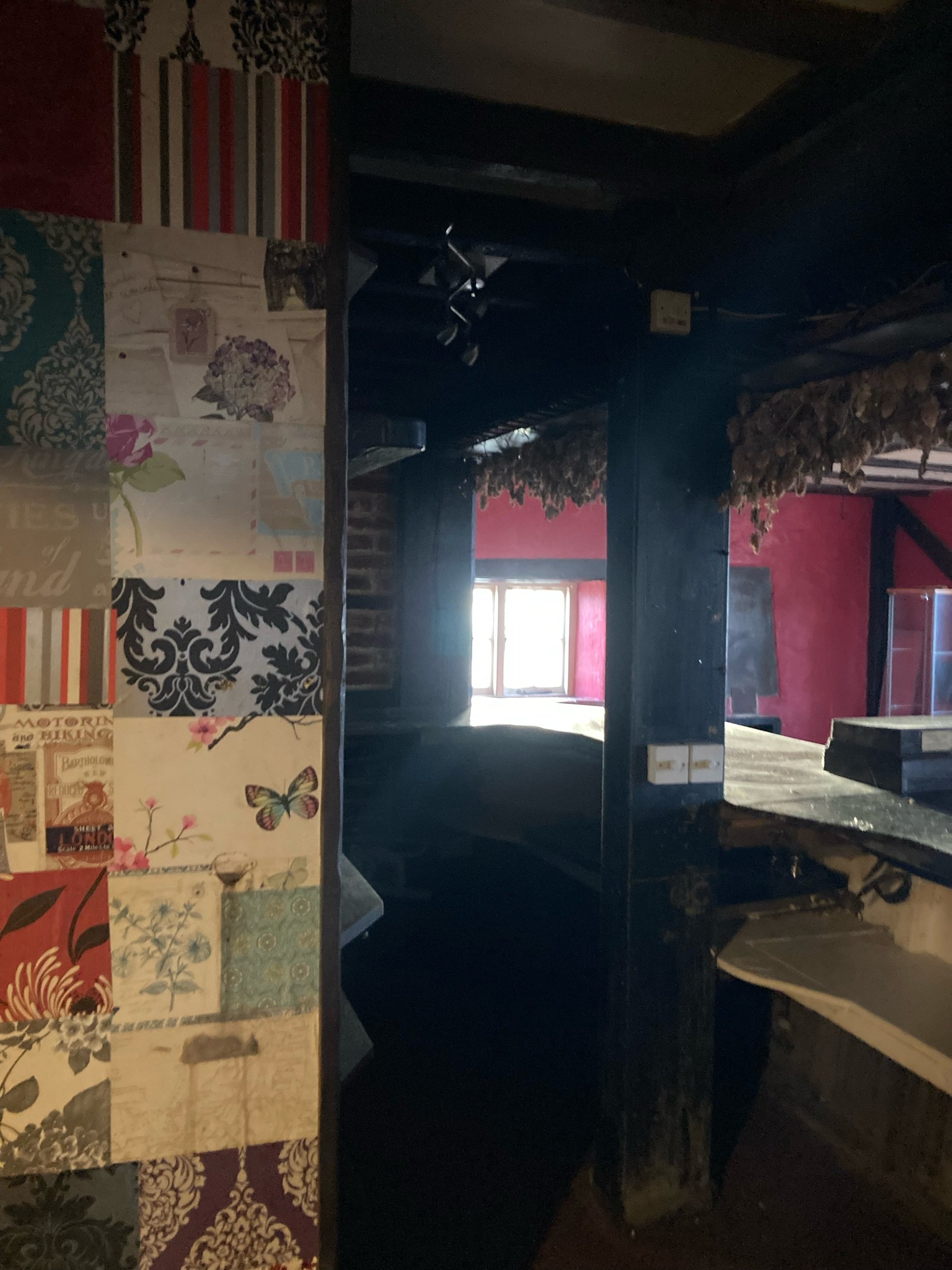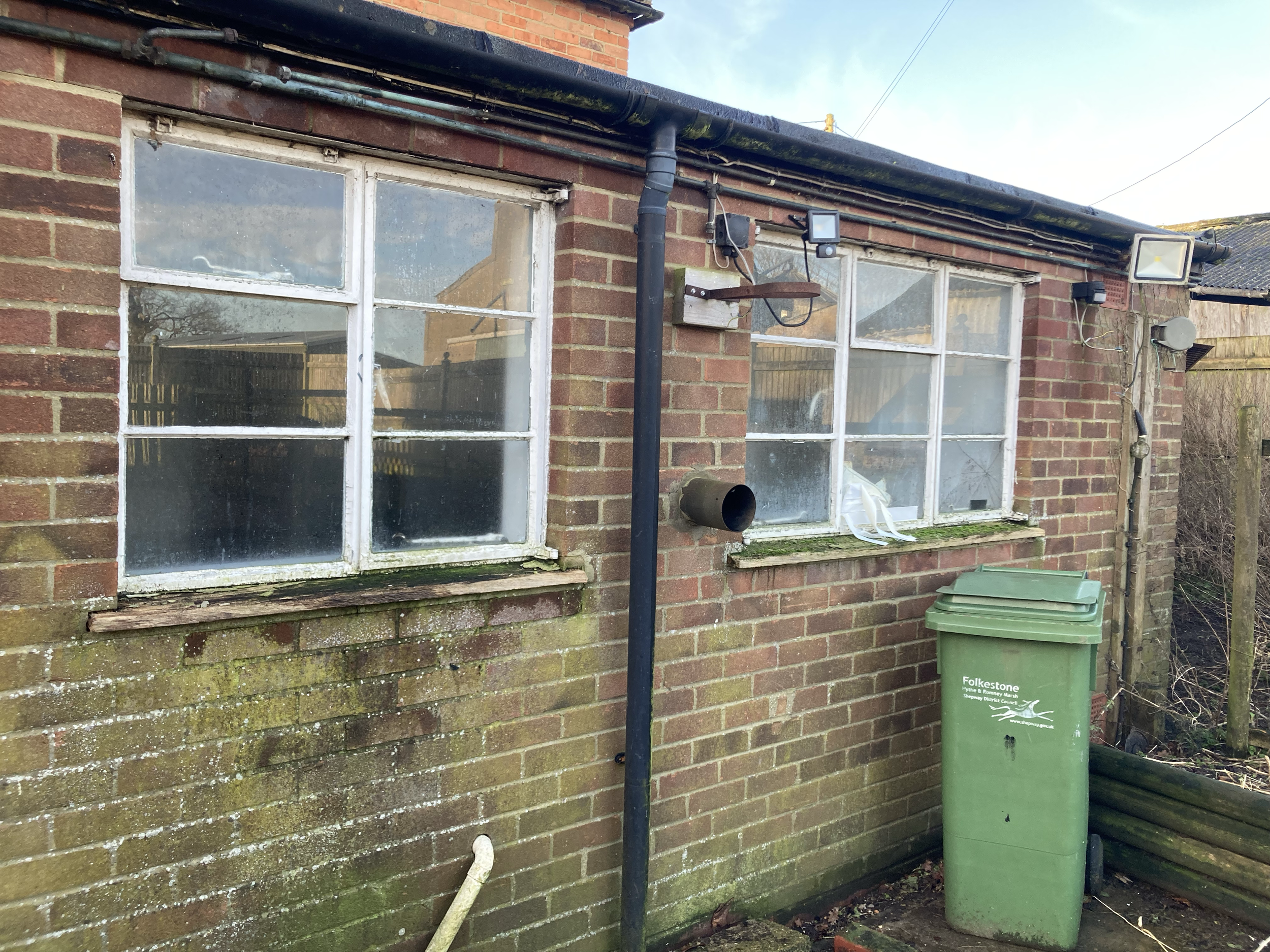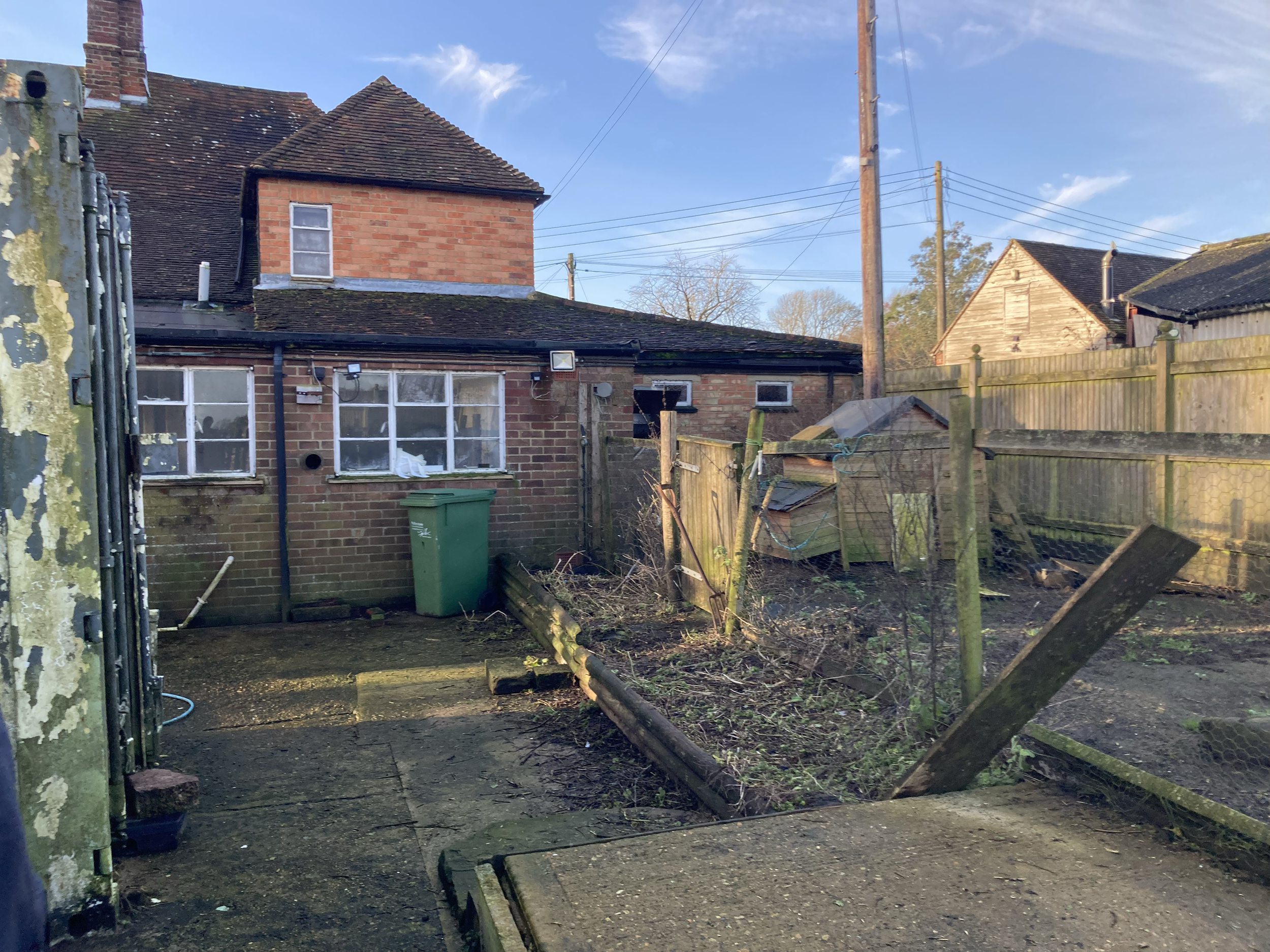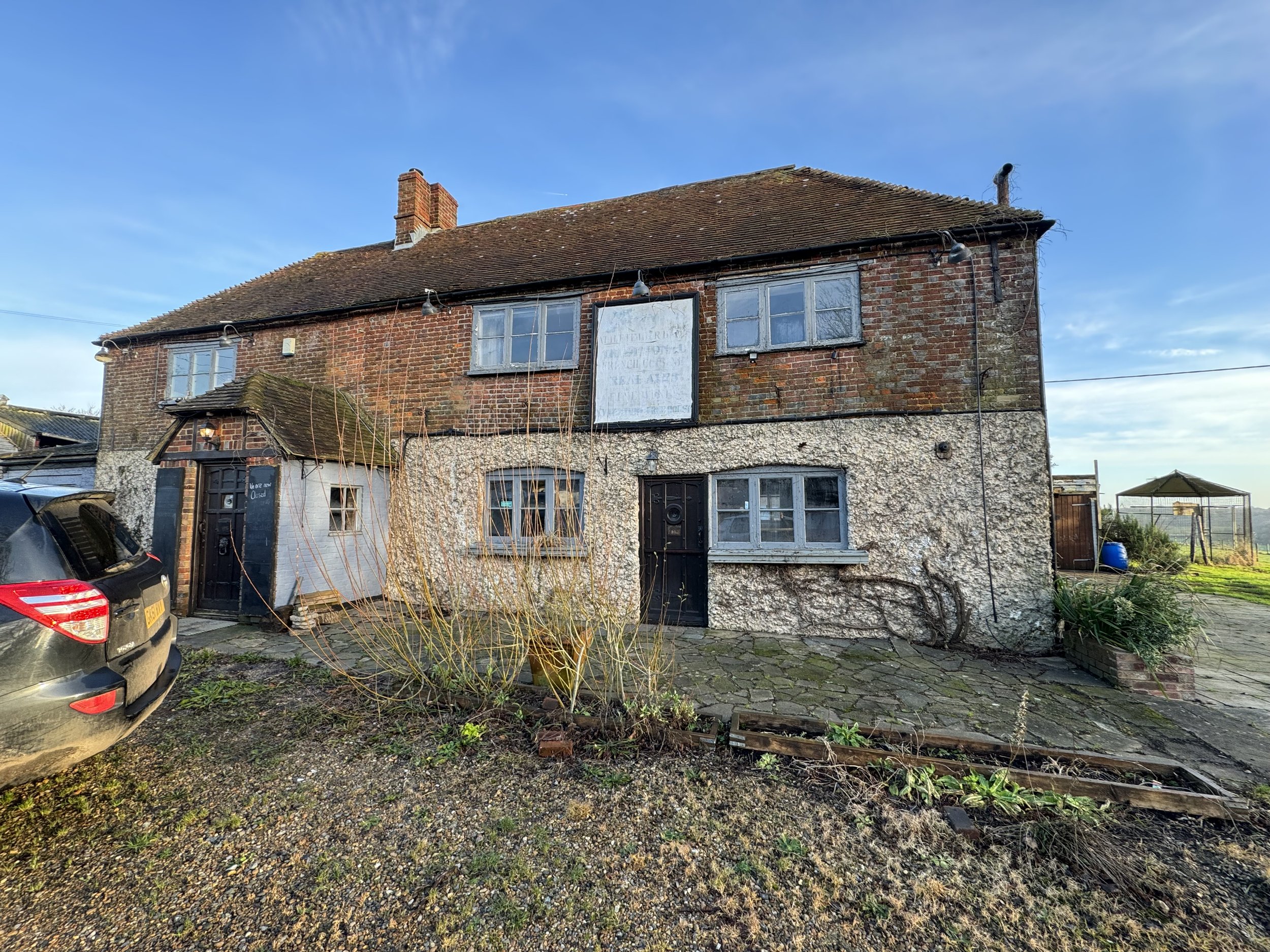Heritage Landscape
“All geoparks are areas of exceptional geological significance, but what makes them special is that they are community-led partnerships that promote an appreciation of natural and cultural heritage while supporting the sustainable economic development of the area, importantly through geological and eco-tourism.”
UNESCO
Perched on the North Downs, the Parish of Elmsted and Hastingleigh has a rich history rooted in its landscape.
The North Downs chalk ridge is of special geological and historic significance. The prehistoric Stone Age track, which later became the Pilgrims Way linking Winchester and Canterbury, is connected to the coastal path via the Parish.
Archeological finds in the area relate to Roman settlements established as a result of the iron rich geology. Iron ore was harvested in a number of locations across the Parish and smelted locally during the Roman occupation.
Bodsham is in an Area of Outstanding Natural Beauty, much of which is overseen by the Kent Wildlife Trust. We are in touch with Natural England and looking to work together to ensure that The Yard works alongside broader environmental objectives.
Bodsham also falls within the boundary of a new project to secure Cross-Channel UNESCO Global Geopark status for the Kent Downs National Landscape, working in partnership with neighbouring protected landscape Parc Naturel Regional des Caps et Marais d’Opale (PNRCMO).
We are working to ensure that The Yard reflects the environmental objectives set out by UNESCO and the Kent Wildlife Trust and the Local Nature Recovery Strategy.
Undertaking works on site we are mindful of the history of the location and hopeful that we might find traces, not only of the history of the land but also settlement. We will be careful to highlight history where we find it, such as the oak tree between the front of the pub and the gate to the school which was planted to mark the coronation of Queen Elizabeth II, 1953.
A small settlement in the Parish of Elmsted, Bodsham has a rich history.
The Doomsday Book refers to:
8 households, 2 ploughlands and woodland, 15 swine render.
The Beer House at Bodsham is first recorded in 1485.
Please note: this information is kindly from the Wye Benefice website: www.wyebenefice.org.uk/elmsted
Within Elmsted are the hamlets of Bodsham, Northleigh and Evington Leas and various so-called 'streets' where small collections of dwellings are located. There is no shop or doctor but there is one pub and a Church of England Primary School both situated in the hamlet of Bodsham. The school has just over 80 pupils and has recently joined in Federation with Saltwood School.
Community Heritage
Many of the local families in Elmsted and Hastingleigh have lived in the Parish for generations, with generations of children attending Bodsham school. There is a very strong sense of community and connection with the land.
Until relatively recently term times at the nextdoor school were flexible, led by the farming calendar. Children were valued members of the farming community and had a natural understanding of the environment, the food it produced, their dependence on it and their value to it.
“Sometimes a week was given for haymaking in June or July, when children were away stone picking in the fields or helping to get up the fodder of sheep shearing. There was also time off for harvesting and hopping.”
Bodsham 1911 Historical Archive
1957 Newspaper Report for Bodsham School.
A model Kent school from the outside but children at Bodsham eat meals in Vicarage stables (a privately owned house on the opposite side of the school hill). Bodsham’s old village school was very proud when the Ministry of Education chose photographs of its exterior to use as typical of the best type of country school.
Mrs Cahill [the school cook] says she manages very well considering, on her oil stove. Starting at work at 8.30 am she has her dinners ready by the stroke of noon and puts the last burnished pan away about 3.30pm. “You never think about its being an old stable,” she said.
The village children showed manners fitting a palace not a stable, when a six foot high reporter squeezed among them to join them at dinner on Tuesday. Mr and Mrs F.D. Nancollas the only teachers in the school of 59 pupils have whatever their difficulties, kept their tiny establishment well in the stream of the best modern education ideas. The children show the results in every action. They were bright and friendly. Ten years old boys rattled merrily on with descriptions of local farming and their hopes for the future.
In the small school building there are three wash basins at varying heights for the children of different sizes very much like the Big Bears, the Medium Bears and the Baby bears which the kiddies used without direction after playtime.
They suffered from no hampering shyness, displayed no brashness. At the end of the meal it was a five years old boy who is struggling with a speech impediment who came up to the tall stranger in the camp and politely bore his plate to the serving hatch.
Rooted in history, this 15th-Century Grade II listed inn has stood the test of time.
A focal point for the community for hundreds of years:
A Victorian school YARD for neighbouring primary school children,
An 18th-century timber YARD for the nearby Evington Estate,
A place to meet for a YARD of ale.
Pub sign (c.1961) showing the 6 foot deep saw pit in front of the pub.
Heritage Biulding
Originally a farmhouse and beer house, on the brow of the hill, overlooking the valley, this historic building takes pride of place in this tranquil Kentish village.
Built in 1485, both the inn and the adjacent school building were part of the extensive Evington Estate belonging to the Honywell family until the estate was broken up and sold in 1916.
This red brick, timber-framed building has typical 15th-century features - inglenook fireplaces, heavy beams, lime mortar and handmade bricks.
Listed in documents across the centuries it has had many names:
In the 1881 census, it went by the name Dew Drop
By the mid-1900s, it was the Prince of Wales
In 1961 it took on a new name reflecting its earlier history as a timber yard, when a 6-foot-deep saw pit was immediately in front of the building and timber from the Evington Estate was stacked and stored.
The previous tenants have continued to use the name at their new location just a few miles away, leading to another change of name for this inn.
‘The Yard’ is intended to reflect the history of the site - Timberyard, School Yard, a meeting place for a yard of ale.
It seems that the pub has always served many purposes besides selling beer. An essay by Sir Charles Igglesden. 1919, “A Saunter through Kent with Pen and Pencil” even records bull baiting in front of the beer house and further historical records refer to the green in front of the inn being used as a schoolyard, an area for drinking, a place for the hunt meet and November 5th bonfire celebrations.
A Grade II listed inn, in need of new life and purpose


















